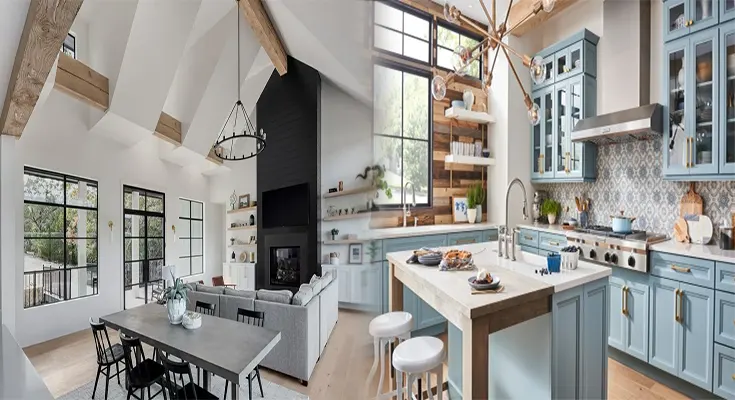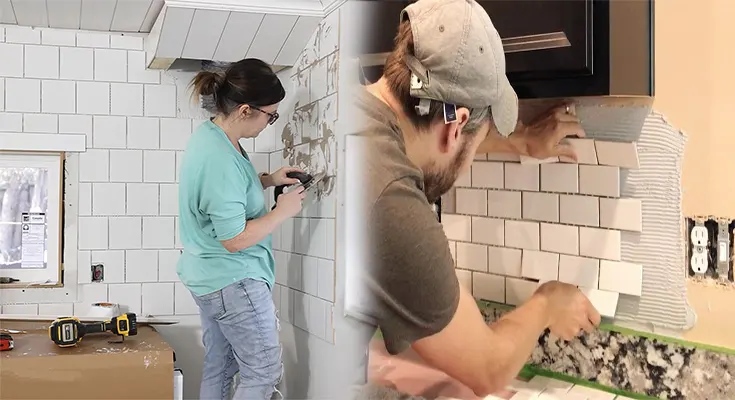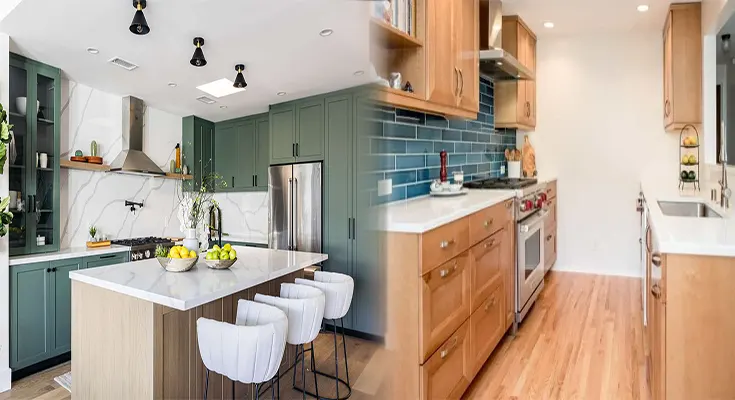
Understanding the Timeline and Costs of a Full Kitchen Remodel: What to Expect
Embarking on a full kitchen remodel is an exciting yet daunting endeavor for many homeowners. It is a significant investment that requires careful planning, budgeting, and coordination of various tasks. In this article, we will explore what to expect during a full kitchen remodel in terms of timeline and costs, helping you navigate the process with confidence and clarity.
1. Planning and Design Phase
Before any physical work begins, the planning and design phase sets the foundation for the entire kitchen remodel project. This stage involves consultations with designers and contractors, creating a layout, selecting materials, appliances, and fixtures, obtaining permits, and finalizing a budget. The planning and design phase typically takes 1-3 months, depending on the complexity of the project and decision-making processes.
2. Demolition and Preparation
Once the design phase is complete, the demolition and preparation stage begins. This involves removing existing fixtures, cabinets, appliances, flooring, and walls as needed to prepare the space for the new kitchen layout. Demolition and preparation can take 1-2 weeks, depending on the size of the kitchen and the extent of the work required.
3. Structural Changes and Plumbing/Electrical Work
If structural changes, plumbing, or electrical work are necessary for the new kitchen layout, this phase will follow the demolition stage. This may involve moving walls, relocating plumbing fixtures, rewiring electrical circuits, or installing new lighting. Structural changes and plumbing/electrical work can take 2-4 weeks, depending on the scope of the project and the complexity of the tasks.
4. Installation of Cabinets, Countertops, and Appliances
Once the structural and utility work is complete, the installation of cabinets, countertops, and appliances can begin. This phase includes fitting and installing new cabinetry, countertops, backsplashes, and appliances to bring the kitchen design to life. The installation of cabinets, countertops, and appliances typically takes 2-4 weeks, …
Understanding the Timeline and Costs of a Full Kitchen Remodel: What to Expect Read More




